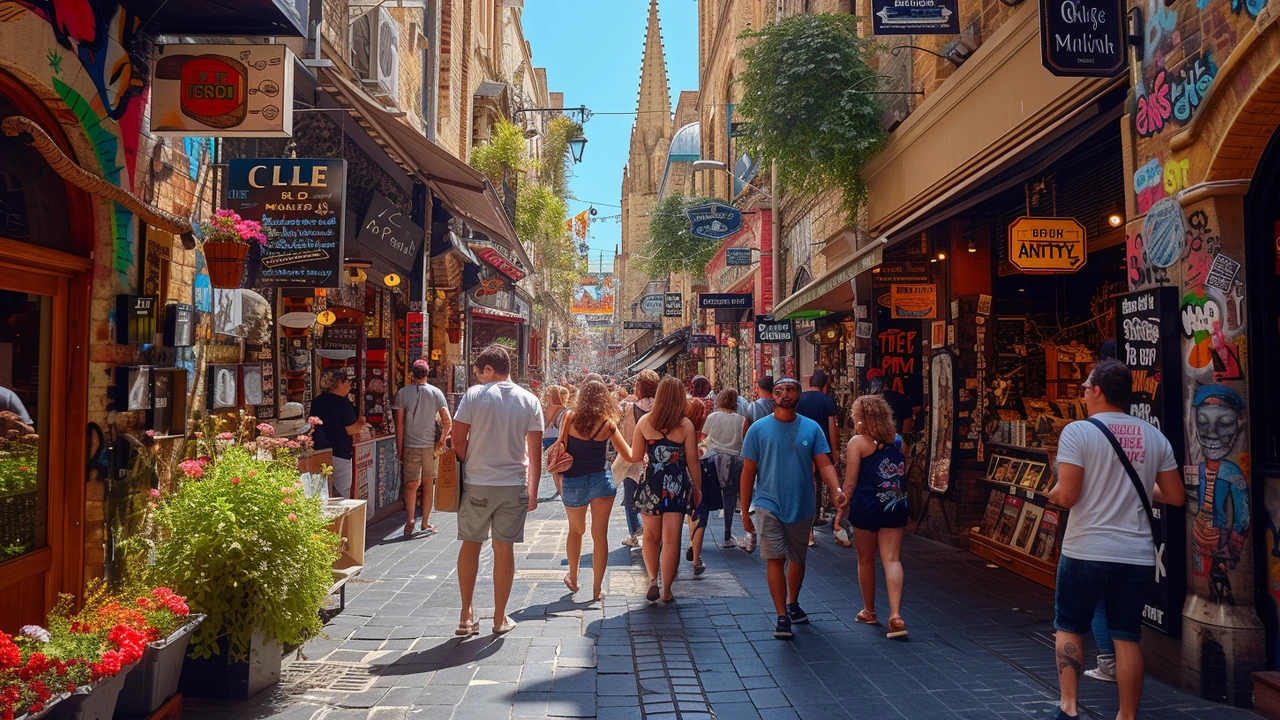Urban Aesthetics: Read the City, Use Its Look
Cities are galleries you already move through every day—if you learn to look. Urban aesthetics is about how materials, light, signage, and movement mix to create a distinct city mood. This tag gathers pieces that help you spot those elements and use them: from Bauhaus' clean lines to land art that reshapes public space.
Want something practical right now? Walk for 15 minutes and notice texture, scale, and color—those three things will give you a usable palette for art, photos, or a room refresh.
What urban aesthetics actually look like
Start with texture and material. See repeating elements: rusted metal, brick bonds, spray-painted tags, or glossy tile. Those repeats become pattern language you can borrow. Scale matters too—a giant mural reads differently than a hand-painted sign; use that to decide whether your work should be bold or intimate. Light changes everything: alley light at noon is flat, golden hour adds warmth and depth. Learn the city’s daily light shifts and you’ll improve photos and installations fast.
Watch human signals. Posters, bus ads, and street vendors show what’s current; graffiti and stickers show underground taste. These details point to colors and forms people already accept. Also notice clear design ancestors in the streets: modernist grids and simple forms hint at Bauhaus and De Stijl, strong diagonal graphics echo Constructivism, and tech-driven signage channels Futurism. Check articles like "Bauhaus Modernism," "De Stijl's Impact on Graphic Design Evolution," and "Futurism’s Impact on Smart Cities" for deeper examples.
How to use urban aesthetics in your projects
Try this quick exercise: take five close-up photos on a single walk. Pick the three strongest textures or colors and build a mini mood board. Turn that mood board into one small outcome—an A4 print, a phone wallpaper, or a sketch for a mural.
If you design spaces, simplify the street into two or three visual rules and apply them across a poster, website, or room layout. For artists, respond to an existing element—wrap a lamp post with fabric, place a small sculpture on a bench, or paint a stair riser using the local signage palette. Photographers should test wide shots for scale and tight shots for texture; the same scene often works as two different images depending on framing.
Three mini-project ideas you can finish in an afternoon: 1) Urban Palette — collect swatches and make a 5-color scheme; 2) Micro Installation — create a piece that sits on or near a public bench and documents how people react; 3) Texture Series — photograph five surfaces and print them as a cohesive set.
For reading, start with "Land Art’s Impact on Modern Urban Design" to see how public space can change, then "Bauhaus Design: How a German School Revolutionized Modern Style" for practical form lessons, and "Installation Art: Evolution, Techniques, and Famous Works Explained" to learn about scale and viewer experience. Want a starter checklist and three downloadable mini-project guides? Tell me which one you want and I’ll send it.

